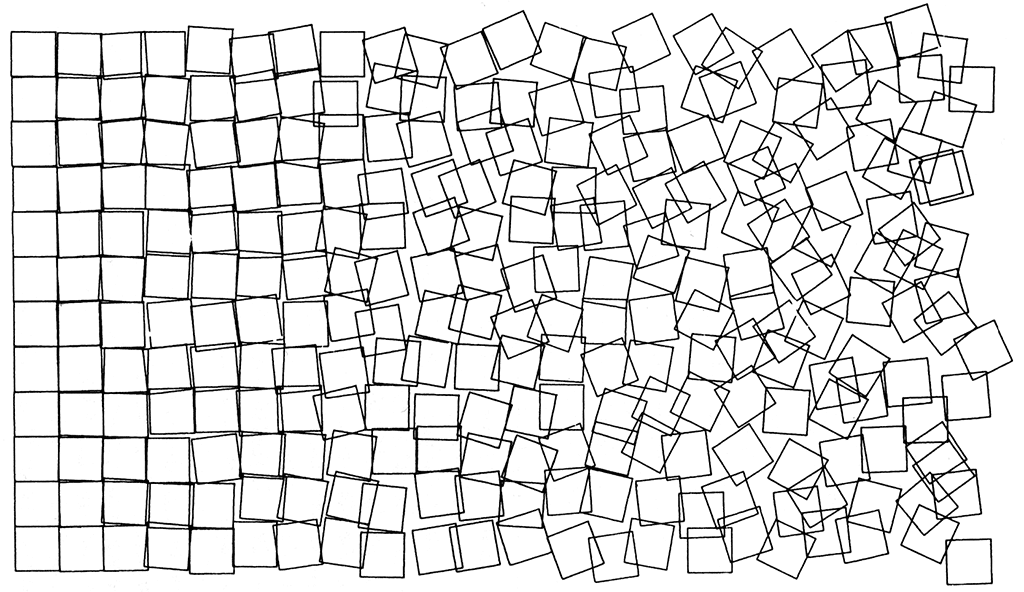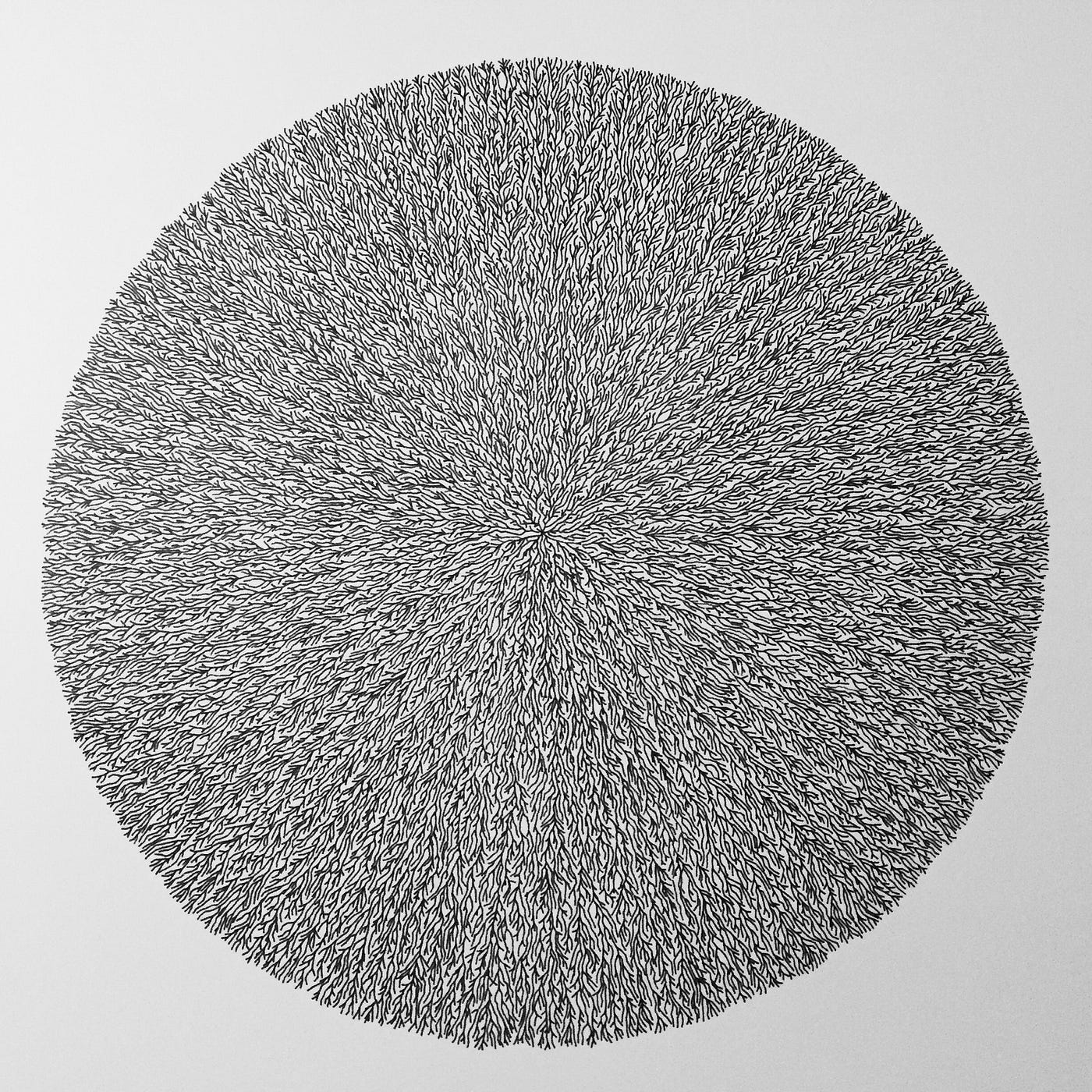

The Siemens company insisted that the word “art” did not appear in contexts where their name was used.īense further invited Nees to exhibit his graphic works in his experimental gallery. Nees did so, and his short paper, “Statistische Grafik”, became one of the earliest publications in computer graphics. Bense immediately invited Nees to submit to the journal his graphic works as part of a scientific article. Helmar Frank was one of the editors of the interdisciplinary journal Grundlagenstudien aus Kybernetik und Geisteswissenschaften, published by Bense’s institute. Frank told Bense of Nees’ experiments in having a computer calculate, and a drawing machine actually carry out, artistic drawings. Shannon and Warren Weaver in A mathematical theory of communication) for the aesthetic evaluation of artifacts. These two were the founders of Information Aesthetics, the rigorous attempt to use concepts of statistical information (as propagated by Claude E. He had the opportunity in 1964 to show some of his graphics to Helmar Frank, a former Ph.D. Nees became the first to exhibit what then was called computer art, computergrafik in German or, better, algorithmic art. This tape was generated by a program running on a digital computer.

The two motors driving the spindles were controlled by a punched paper tape. The drawing head’s movements were effected by two spindles arranged in orthogonal directions. It was a flatbed drawing machine equipped with the option of controlling up to four pens or other tools for drawing or cutting. The Graphomat Z64 was a construction by Konrad Zuse, one of the inventors of the programmable digital computer. It became Nees’ job to do something useful with it. The company had acquired an automatic drawing machine, the Zuse Graphomat Z64. Employed by the Siemens AG, he began work in the emerging field of computer graphics in 1964. From 1964 to 1969, he was a doctoral student of philosophy at University of Stuttgart. Nees studied mathematics and physics at the University of Erlangen. This museum also holds a large number of his works, including virtually all those that were published in his thesis. Kunsthalle Bremen dedicated to him a retrospective exhibition in 2005. He was an honorary professor in applied computer science at University of Erlangen-Nürnberg (since 1977). He has a long publishing record on topics of computer art, aesthetics, semiotics, artificial intelligence, and more. Nees has exhibited extensively and world-wide. This was in all likelihood world-wide the first doctoral thesis on a topic of computer art. The doctoral thesis was published as a book in 1969 (under the title, Generative Computergrafik). Max Bense was his doctoral advisor, Walter Knödel the second reviewer. He gained his doctoral degree in philosophy from the University of Stuttgart in 1969.
#PLOTTER DRAWING 1965 PROGRAMMING PROFESSIONAL#
Nees was a mathematician who worked during all of his professional life for the Siemens AG in Erlangen (Germany). The word reminds of the fact that these three scientst-artists were the first to put up shows of algorithmic art, all in the year of 1965. Georg Nees is one of the so-called “three big N’s” (the other two are A.

These texts were in the form of of pseudo-code. Nees himself contributed short notes in German describing very succinctly the algorithms behind the accompanying drawings. Max Bense contributed to it a short essay under the title projekte generativer ästhetik (also available in an English translation). It opened on Thursday, February 4th, 1965, and was on display from February 5th to 19th, 1965.įor this occasion, one of the earliest publications ever on computer art appeared in print (“rot 19”, Stuttgart 1965). The exhibition took place under the auspices of the Ästhetisches Colloquium, a seminar permanently offered by Max Bense and his Institute of Philosophy and Theory of Knowledge (Philosophie und Wissenschaftstheorie).

This kind of automatic drawing machine, in the USA, was called flatbed plotter. The drawings appeared in coded form on punched paper tape before being physically generated by a drawing machine, the legendary Zuse Graphomat Z64. In all likelihood, his solo show in rooms of the Studiengalerie of Technische Hochschule Stuttgart (now University of Stuttgart) was the first to present drawings that had been generated by running algorithms on a digital computer under control of a program. Georg Nees was the first world-wide to publicly show his computer art (today often called digital art a more precise term is algorithmic art).


 0 kommentar(er)
0 kommentar(er)
